
Creating Viral Loops in PLG Products: The Ultimate Guide

by
Wiktoria Slowikowska
Oct 14, 2024
Identify and convert your most valuable users
Sign Up
While traditional marketing methods still have their place, savvy companies are increasingly turning to Product-Led Growth (PLG) strategies to fuel their expansion. One of the most powerful tools in the PLG arsenal is the viral loop. In this comprehensive guide, we'll explore what viral loops are, how they work, and how you can implement them in your PLG product to supercharge your growth.
What is a Viral Loop?

At its core, a viral loop is a self-perpetuating cycle of product adoption and sharing. It's a mechanism built into your product that encourages existing users to bring in new users, who in turn bring in more new users, creating a snowball effect of growth.
Imagine you're using a new project management tool. You love it so much that you invite your team members to join. They start using it, love it too, and invite their colleagues from other departments. Before you know it, the entire company is using the tool, and some employees even start recommending it to their friends at other companies. This chain reaction of adoption and sharing is the essence of a viral loop.
What is the Formula of a Viral Loop?
While viral loops can seem like magic, there's actually a mathematical formula that describes their effectiveness:

Where:
K is the viral coefficient
i is the number of invites sent per user
c is the conversion rate of those invites
If K is greater than 1, you have achieved viral growth. For example, if each user sends out 5 invites (i = 5) and 30% of those invites convert to new users (c = 0.3), your viral coefficient would be:

This means that for every user you acquire, you're getting 1.5 additional users through viral growth. The higher your K value, the faster your product will grow.
How Do You Make a Good Loop?
Creating an effective viral loop isn't just about adding a "Share" button to your product. It requires careful thought and strategic implementation. Here are some key elements of a good viral loop:
Seamless Sharing: Make it incredibly easy for users to invite others. This could be through in-app invitations, sharable links, or even automated suggestions based on user behavior.
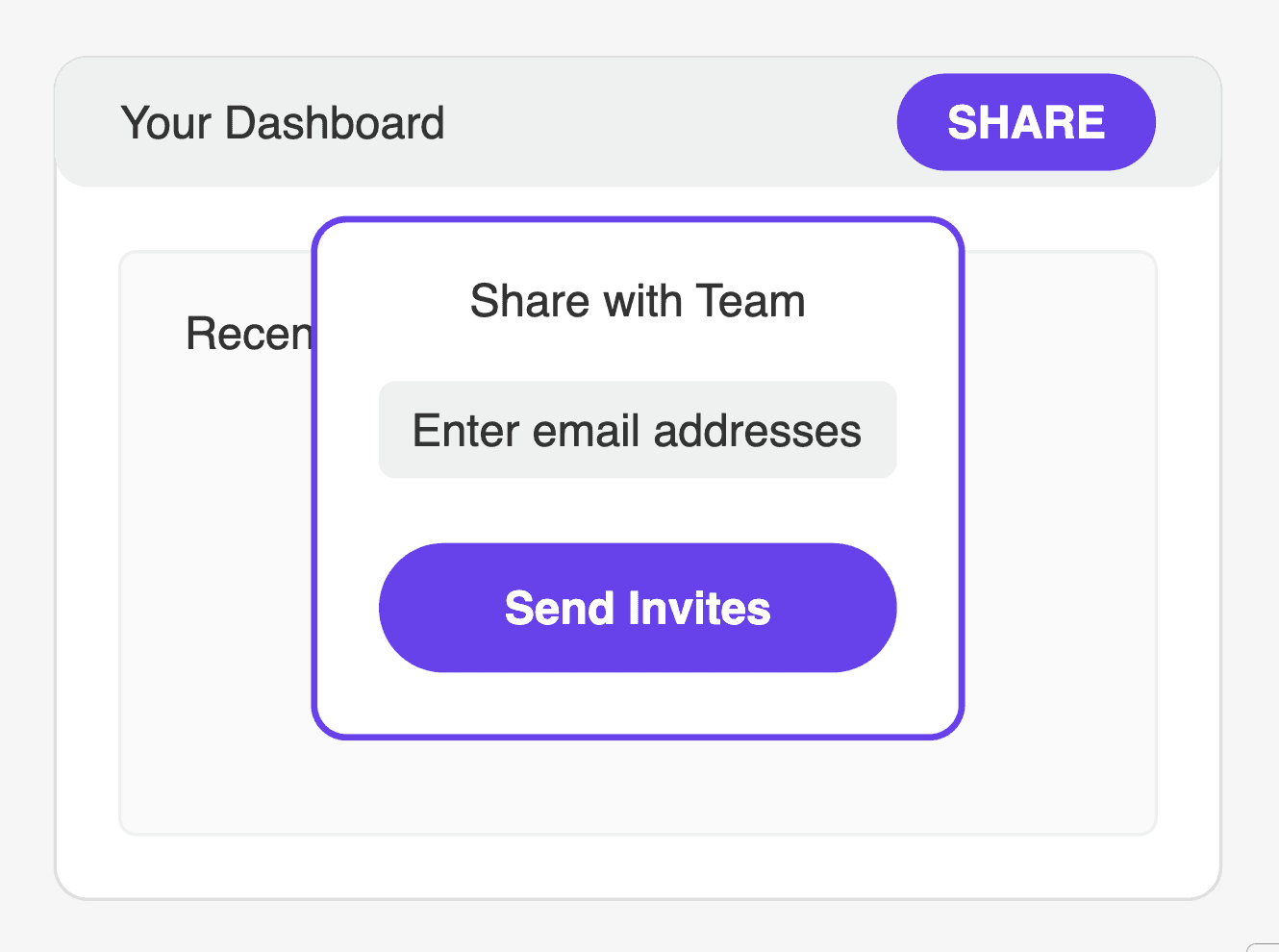
Clear Value Proposition: New users should immediately understand why they've been invited and what value they'll get from the product.
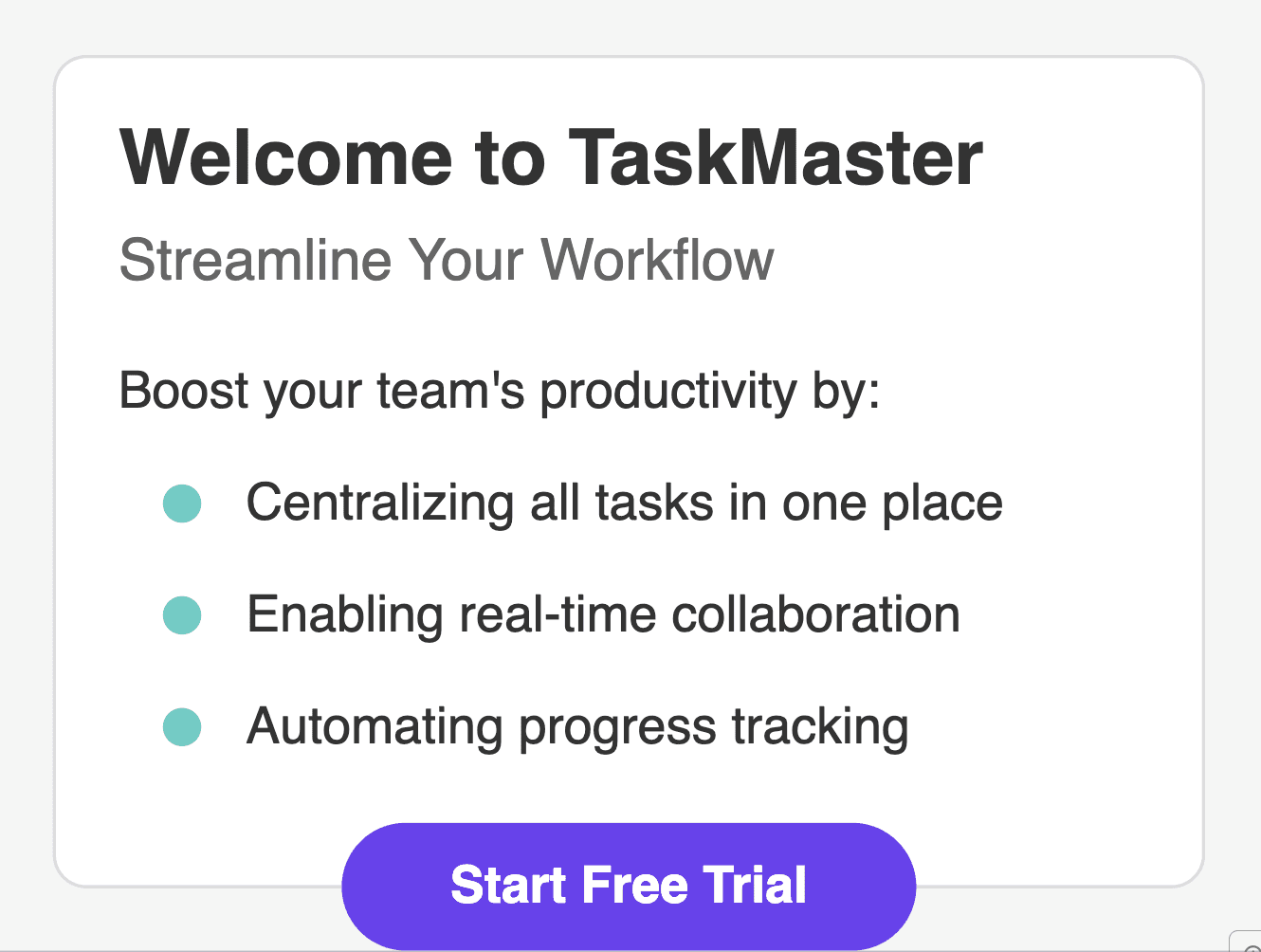
Quick Time-to-Value: Ensure that new users can experience the product's benefits as quickly as possible after signing up.
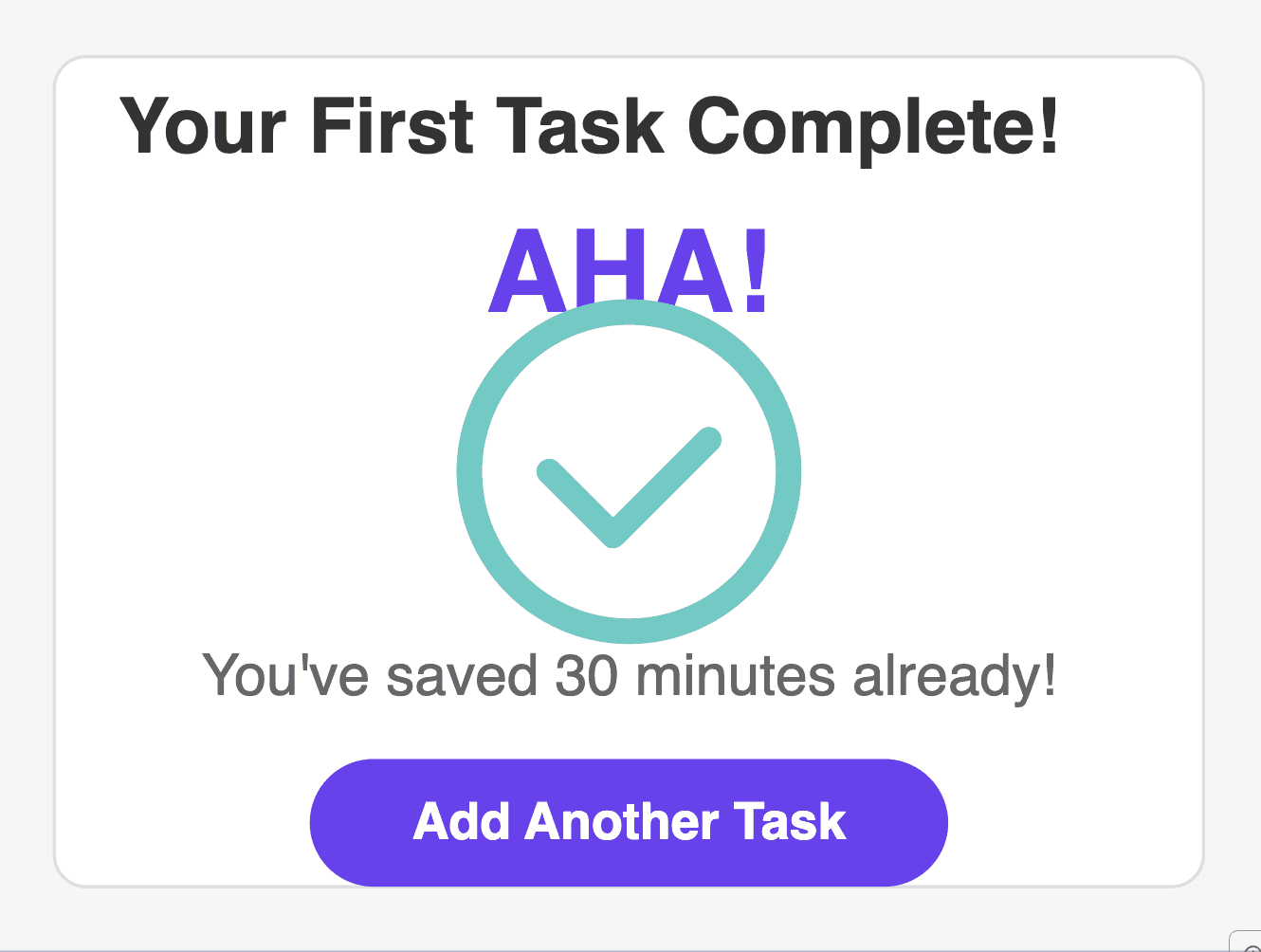
Incentives: Consider offering rewards for both the inviter and the invitee. This could be additional features, storage space, or even monetary incentives.
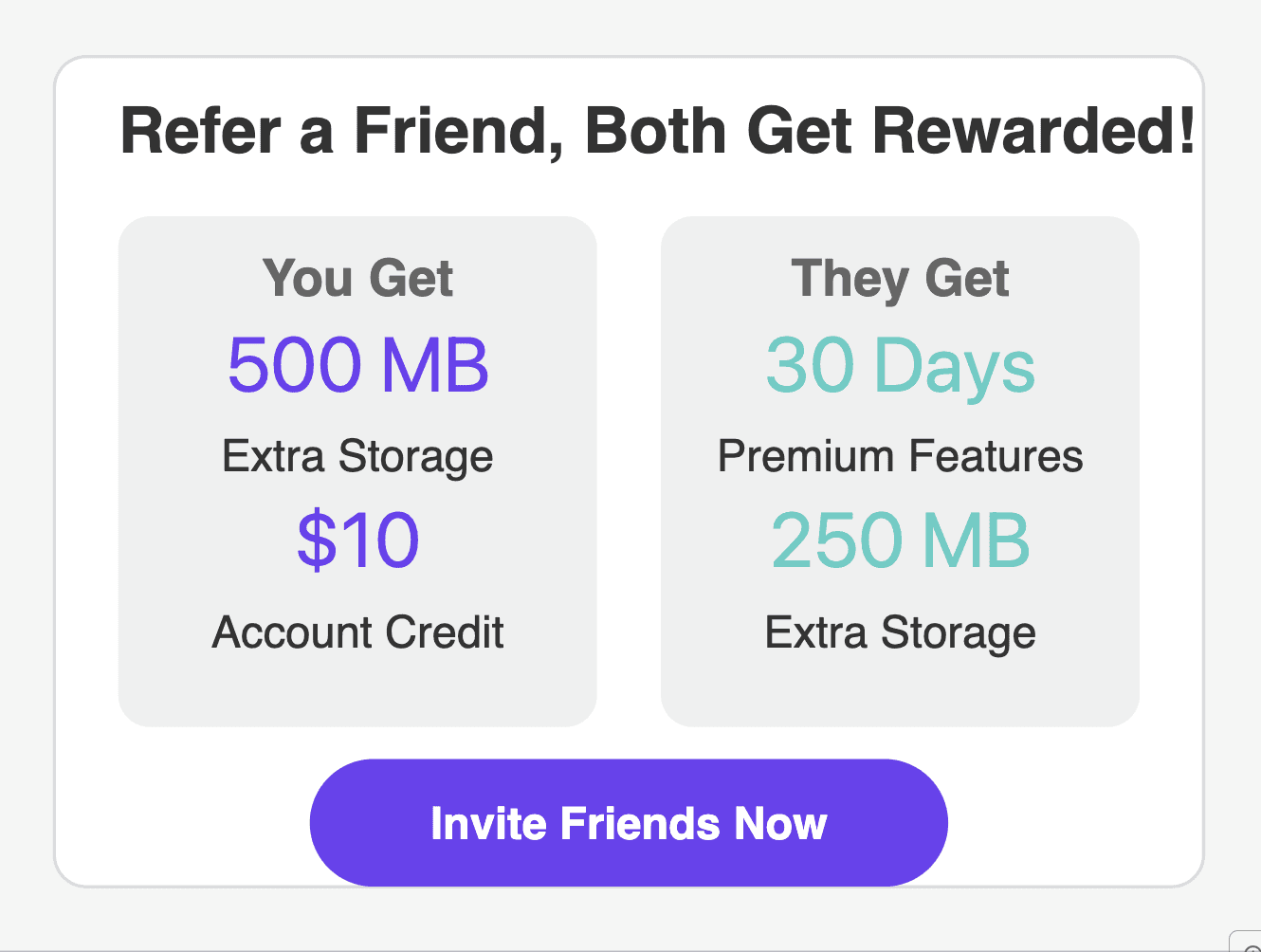
Network Effects: Design your product so that it becomes more valuable as more people use it. This naturally encourages users to invite others.
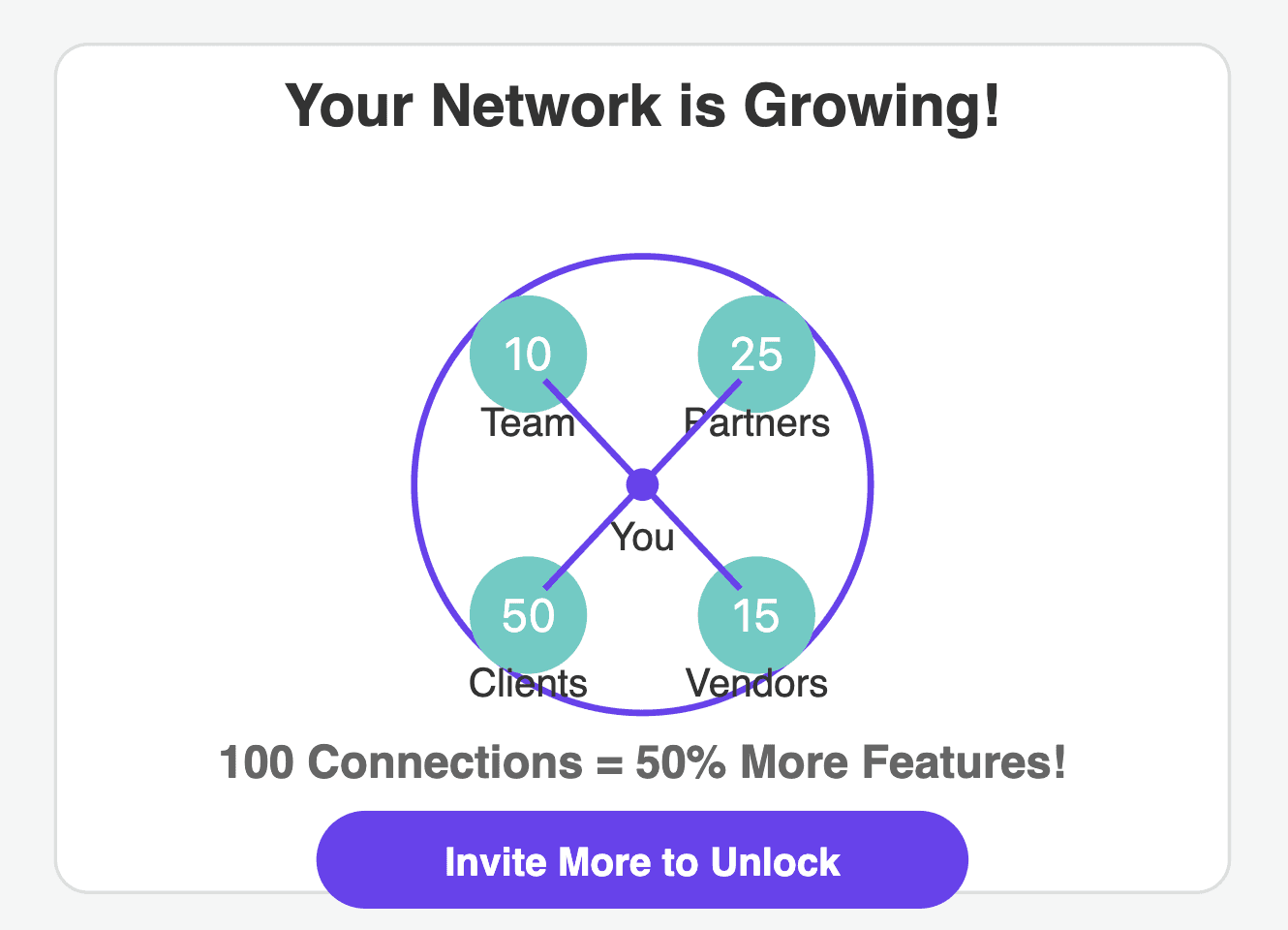
Personalization: Allow users to personalize their invitations or the onboarding experience for their invitees.
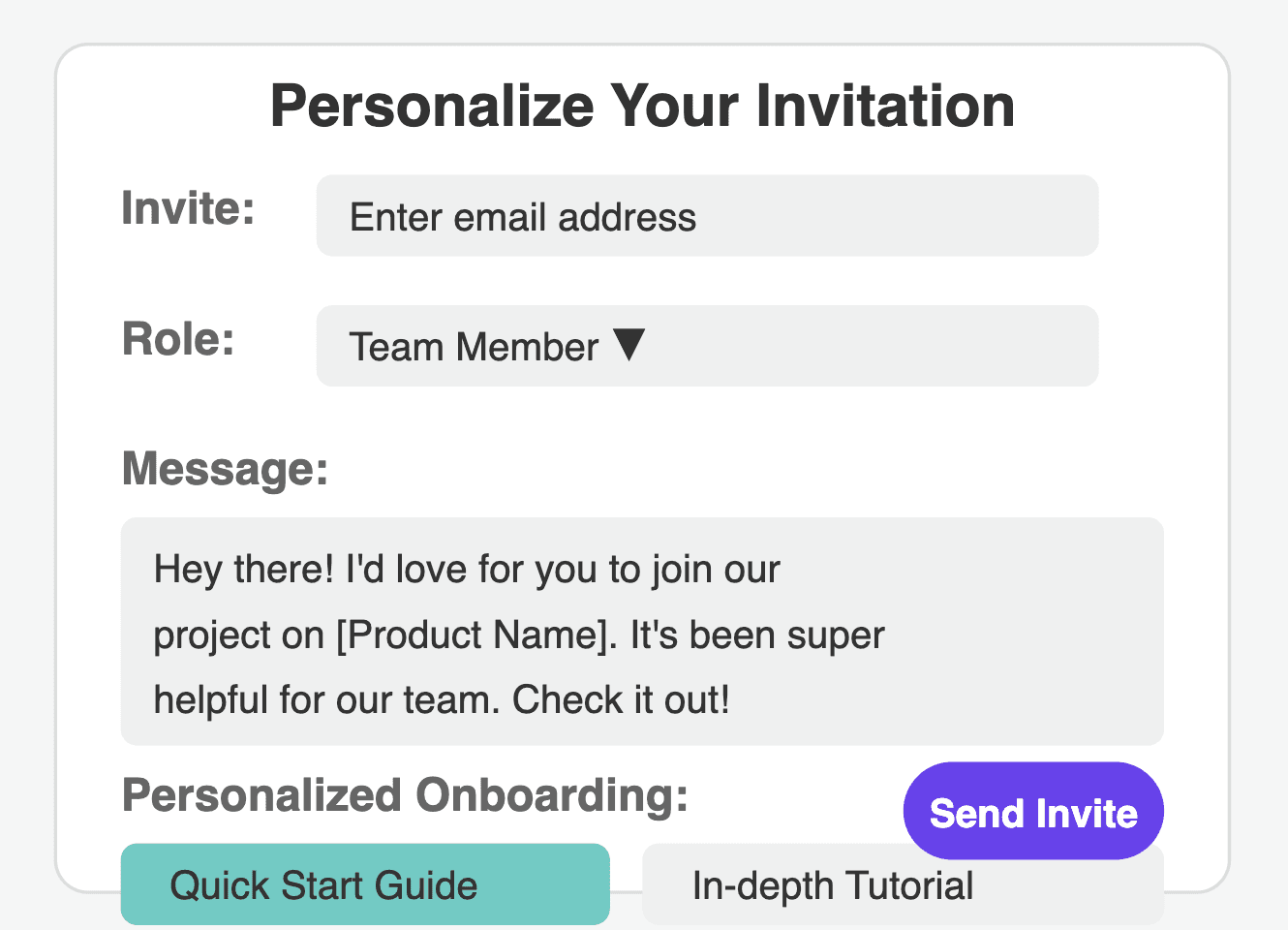
Social Proof: Showcase how many people are already using the product or how it's benefited others in similar roles or industries.
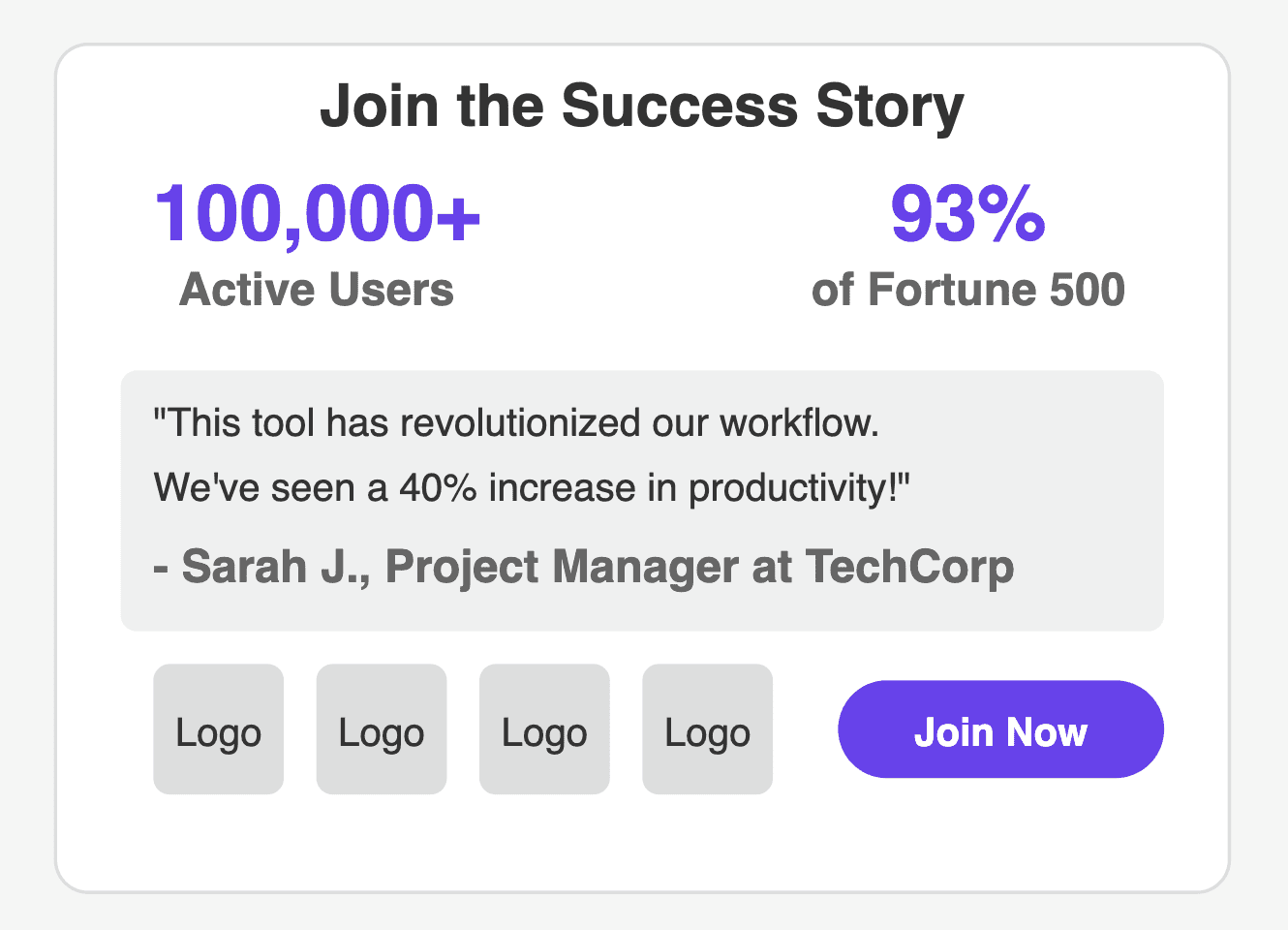
Continuous Engagement: Keep users engaged with the product so they have more opportunities and reasons to invite others.
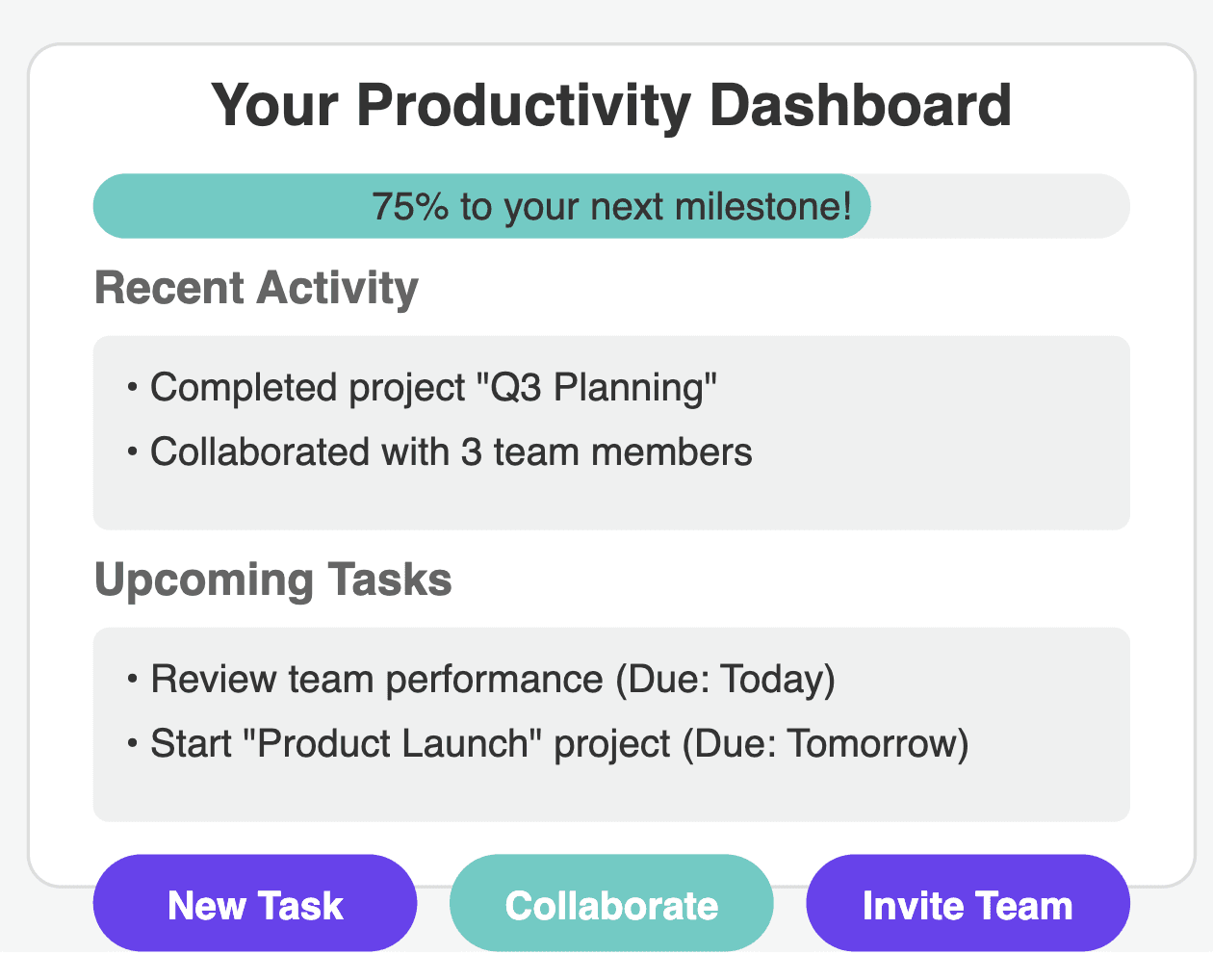
Why is it Great for SaaS Growth?
Viral loops are particularly effective for SaaS growth for several reasons:
Cost-Effective Acquisition: Viral growth reduces the cost of acquiring new users, as existing users do much of the marketing for you.
Exponential Growth Potential: With a viral coefficient above 1, growth can become exponential, leading to rapid scaling.
Built-in Social Proof: When users are invited by someone they know and trust, they're more likely to sign up and engage with the product.
Targeted Expansion: Users typically invite people who are likely to benefit from the product, leading to high-quality, relevant user acquisition.
Improved Retention: Users who join through invitations often have a built-in support network, leading to better onboarding and long-term retention.
Data-Driven Optimization: Viral loops provide rich data on user behavior and acquisition patterns, allowing for continuous improvement.
Competitive Advantage: A well-executed viral loop can help a product quickly gain market share and establish itself as a leader in its category.
Real-Life Examples of Successful Viral Loops
Let's look at three companies that have masterfully implemented viral loops in their PLG strategies:
Dropbox's viral loop is a classic example of effective PLG strategy. Here's how it works:
Users sign up for a free account with limited storage.
They can increase their storage space by inviting friends.
When a friend signs up, both the inviter and the invitee get additional storage.
This loop was incredibly successful because:
It provided a clear, tangible benefit for sharing (more storage).
The product itself (file sharing) naturally lent itself to inviting others.
The additional storage was a strong incentive but still kept users within the freemium model, allowing Dropbox to upsell premium plans later.
Result: This strategy helped Dropbox grow from 100,000 users to 4 million in just 15 months.
Slack's viral loop capitalizes on the inherently collaborative nature of its product:
A team member creates a Slack workspace and invites colleagues.
Those colleagues experience the benefits of centralized team communication.
They, in turn, create new channels or invite more team members or even other departments.
As the tool becomes integral to the company's workflow, employees might start new workspaces for other projects or recommend Slack to contacts at other companies.
Slack's success factors include:
The product becomes more valuable as more team members join (network effect).
It solves a real pain point (scattered team communication), motivating users to invite others.
The freemium model allows teams to start using it without financial commitment.
Result: Slack became the fastest-growing B2B SaaS company, reaching a $1 billion valuation in just two years.
Notion, the all-in-one workspace tool, has implemented a subtle but effective viral loop:
Users can create and share pages or entire workspaces with others, even if they don't have a Notion account.
Non-users who view shared content see how Notion organizes information effectively.
They're prompted to sign up to edit or create their own pages.
As they start using Notion, they share their own content, continuing the loop.
Key factors in Notion's viral strategy:
The sharing feature is central to the product's functionality, not just an add-on.
Shared pages serve as interactive product demos.
The versatility of the product means it can spread across various departments and use cases within an organization.
Result: Notion reached a $2 billion valuation in 2020, having grown largely through word-of-mouth and this effective viral loop.
Implementing Viral Loops in Your PLG Product
Now that we've explored the what, why, and how of viral loops, let's discuss how you can implement them in your own PLG product:
Identify Natural Sharing Points: Analyze your product to find where collaboration or sharing would naturally occur. These are prime opportunities for implementing viral mechanics.
Design for Virality: From the ground up, consider how your product can become more valuable with more users. This could be through shared workspaces, collaborative features, or cumulative data insights.
Create a Smooth Onboarding Experience: Ensure that new users invited through your viral loop can quickly understand and derive value from your product. The faster they see benefits, the more likely they are to become active users and continue the viral cycle.
Implement Smart Notifications: Use notifications wisely to remind users to invite others or to showcase the benefits of collaboration, but be careful not to spam or annoy your users.
Leverage Social Proof: Display metrics like the number of users, tasks completed, or other relevant statistics to show new users that they're joining a popular and effective tool.
Gamify the Experience: Consider adding elements of gamification to your viral loop, such as progress bars for invitations sent or badges for reaching certain milestones.
Offer Tiered Incentives: Instead of a one-time reward for inviting users, consider a tiered system that encourages ongoing sharing and engagement.
Personalize the Invite Process: Allow users to customize their invitations or tailor the onboarding experience for their invitees. This personal touch can significantly increase conversion rates.
Measure and Optimize: Continuously track your viral coefficient and other relevant metrics. Use A/B testing to optimize every step of your viral loop.
Balance Virality with User Experience: While growth is important, never let your viral mechanisms detract from the core user experience. The product's value should always come first.
Potential Pitfalls to Avoid

While viral loops can be incredibly powerful, there are some potential pitfalls to be aware of:
Spammy Behavior: Aggressive invitation systems can lead to users spamming their contacts, damaging both your brand reputation and user relationships.
Neglecting Core Value: Don't get so focused on virality that you neglect the core value of your product. Growth is meaningless if users churn quickly.
Ignoring User Segments: Not all users will be equally likely to participate in viral sharing. Understand your user segments and tailor your approach accordingly.
Over-incentivizing: If you offer too much for referrals, you might attract low-quality users who are only there for the rewards, not for the product's value.
Complexity: Keep your viral loop simple. If it's too complicated, users won't engage with it.
Conclusion
Viral loops are a powerful tool in the PLG playbook, offering the potential for rapid, cost-effective growth. By understanding the mechanics of viral loops and thoughtfully implementing them in your product, you can create a self-perpetuating cycle of user acquisition and engagement.
Remember, the most successful viral loops are those that align closely with your product's core value and enhance the user experience. It's not just about growing numbers, but about growing a base of engaged, satisfied users who genuinely benefit from your product.
As you embark on your viral loop journey, continually measure, learn, and optimize. Stay attuned to your users' needs and behaviors, and be ready to evolve your strategies as the SaaS landscape changes. With persistence and creativity, you can harness the power of viral loops to propel your PLG product to new heights of success.




